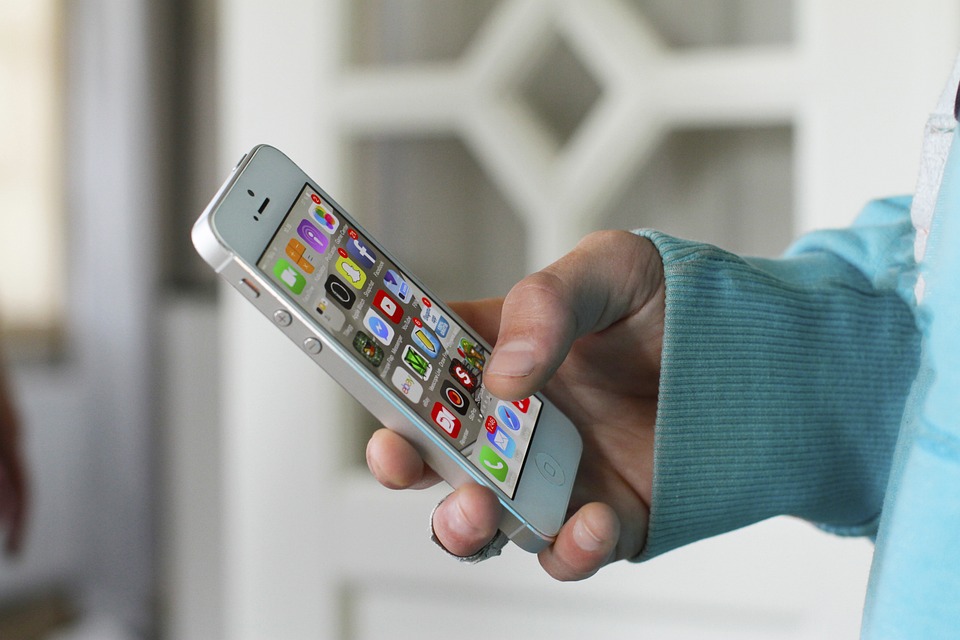In today’s fast-paced digital age, managing personal finances has never been easier, thanks to the advent of budgeting apps. These applications serve as powerful tools to help you track your expenses, manage your savings, and reach your financial goals. If used correctly, they can provide valuable insights into your spending habits, help set financial goals, and even improve your credit score. This article delves into how to use budgeting apps effectively to save money.
Understanding Budgeting Apps
At their core, budgeting apps are software applications designed to track your income, expenses, and savings. These apps come with various features that can range from simple expense tracking to more sophisticated tools like investment tracking and forecasting. Popular budgeting apps include Mint, YNAB (You Need a Budget), Personal Capital, and EveryDollar, each offering unique functionalities to cater to different financial needs.
Getting Started: Choose the Right App
The first step in leveraging budgeting apps to save money is choosing the right app that aligns with your financial goals. Here’s what to consider:
- Features: Look for features that meet your specific needs. Some apps are designed for basic expense tracking, while others offer advanced features like bill payment reminders, credit score monitoring, and investment tracking.
- User Interface: A user-friendly interface will make it easier for you to input data and understand reports. Make sure the app is intuitive and easy to navigate.
- Cost: While there are many free budgeting apps, some premium options might offer additional features worth paying for. Assess whether the cost aligns with the benefits you’ll get.
- Security: Financial data security is paramount. Ensure the app has strong security measures, like encryption and two-factor authentication.
Once you’ve chosen an app, the next step is to download it and set up your account. This usually involves linking your bank accounts, credit cards, and other financial accounts to the app.
Tracking Income and Expenses
After setting up the app, the next crucial step is to start tracking your income and expenses. Here’s how you can do it efficiently:
- Link Financial Accounts: Most budgeting apps allow you to link your financial accounts directly. This automation reduces manual entry errors and gives real-time updates on your financial status.
- Categorize Transactions: Ensure that every expense and income is categorized correctly. Common categories include groceries, rent, utilities, dining out, and entertainment. Accurate categorization helps in understanding where your money is going.
- Set Up Alerts: Utilize alert features to get notifications on upcoming bills, low balances, and unusual spending activities. This proactive approach can help you avoid late fees and overdraft charges.
Creating a Budget
Creating a budget is a foundational step to effective money management. Here’s how to do it using budgeting apps:
- Assess Your Financial Situation: Use the data from your tracked expenses and income to get a clear picture of your financial state.
- Define Financial Goals: Identify what you want to achieve financially. This could be anything from saving for a vacation, building an emergency fund, or paying off debt.
- Allocate Funds: Based on your financial assessment and goals, allocate funds to different categories. For example, you might decide to allocate 30% of your income to housing, 20% to savings, and 10% to entertainment.
- Adjust and Optimize: Review your budget periodically and make adjustments based on your spending patterns and changes in your financial goals.
Utilizing Advanced Features
Many budgeting apps come with advanced features that can help you save even more money. Here are some to consider:
- Savings Goals: Set up specific savings goals and track your progress. Whether it’s for a new car, a down payment on a house, or a dream vacation, visualizing your progress can motivate you to stick to your savings plan.
- Debt Reduction Plans: If you’re dealing with debt, some apps offer debt reduction plans that prioritize high-interest debts and track your payoff progress.
- Investment Tracking: For those interested in growing their wealth, investment tracking features can provide insights into your portfolio’s performance and offer recommendations.
- Recurring Expense Tracking: Identify recurring expenses and subscriptions. This feature can help you spot services you no longer use, allowing you to cancel them and save money.
- Spending Reports: Use the app’s reporting tools to get a detailed breakdown of your spending patterns. These reports can highlight areas where you can cut back and save money.
Tips for Maximizing Savings with Budgeting Apps
To make the most out of budgeting apps and maximize your savings, consider these additional tips:
- Stay Consistent: Regularly update your income and expenses. Consistency is key to getting accurate insights and staying on track with your financial goals.
- Review and Reflect: Periodically review your budget and reflect on your financial habits. Understanding your spending patterns over time can help you make informed decisions.
- Automate Savings: If your budgeting app supports it, automate your savings by setting up automatic transfers to your savings account.
- Take Advantage of Discounts and Cashbacks: Some budgeting apps offer partnerships with retailers, providing exclusive discounts and cashback offers.
- Educate Yourself: Utilize any educational resources provided by the app, such as blogs, tutorials, and webinars. The more you know about personal finance, the better you can manage your money.
Conclusion
Budgeting apps are powerful tools that can significantly aid in saving money and improving financial health. By choosing the right app, diligently tracking your expenses, creating a budget, utilizing advanced features, and following best practices, you can gain control over your finances and work towards achieving your financial goals. Remember, the key to successful budgeting is discipline and consistency. Start today, and watch your financial health improve over time.


